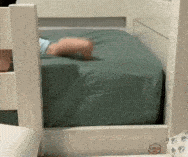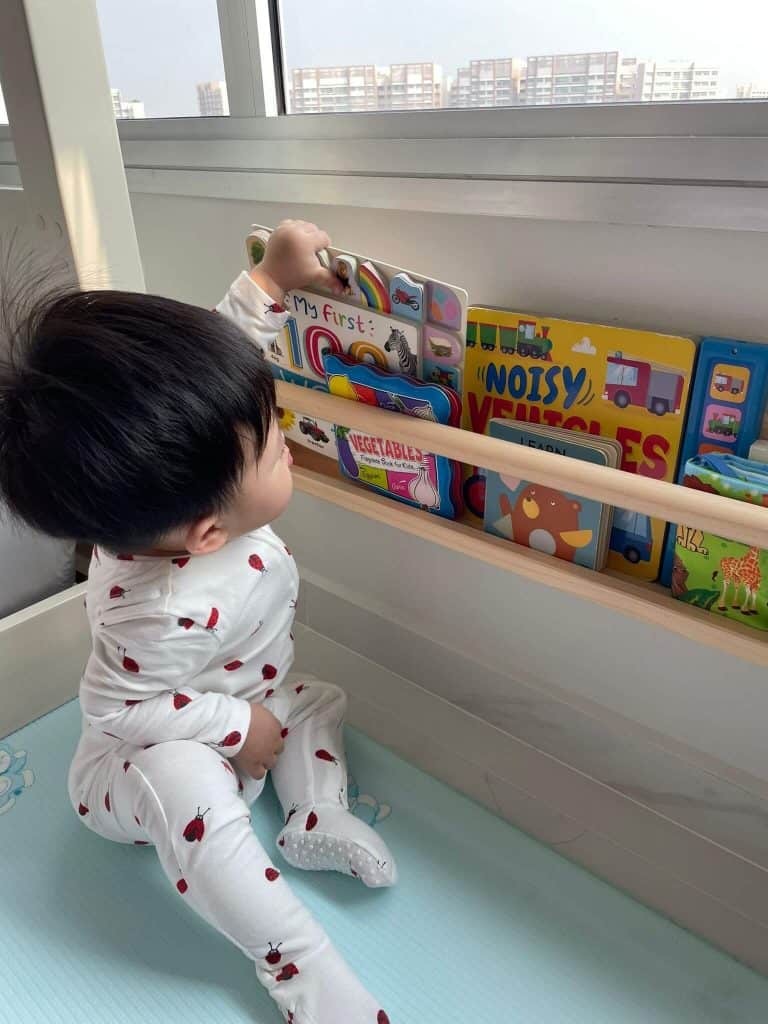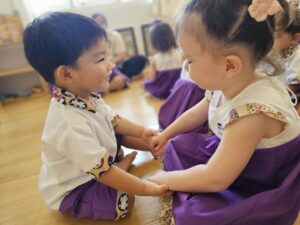4 Beautiful Locations Islandwide
A key concept of Montessori is to offer children ‘freedom of choice’. When children are given choices, they are encouraged to experience freedom of movement from a carefully prepared environment. AIM Montessori describes this as, “The child begins to value the inner satisfaction he gets from doing the work that corresponds to his inner developmental needs and he is calm and joyful in his learning.” This in turn, helps to develop independence and encourages self confidence.
“At this age (between one and a half and two and a half years) children have a need to develop independence” – Dr. Maria Montessori

At House on the Hill, all our students, even the infants, have freedom of choice. We recognise and acknowledge that every child is unique, and follow Montessorian principles to bring out the best in each individual. Parents are highly encouraged to continue this work at home.
Join us as we explore how Ms Li Yin, a senior teacher, set up her 14-month-old infant, Evan’s bedroom, based on the following Montessori principles!
Order
– The space is organised in a way that recognises the child’s sensitive period for order.
Accessibility
– The child can function independently in their space.
Self-Identity
– The child’s area is filled with things or pictures that they can identify with or relate to.
Materials
– The toys and items meet their developmental needs.
Low Bed

A low bed was chosen as it gives the child the opportunity to wake up and get in and out easily. This supports their desire to seek out new things, thus developing independence skills. The ability to move freely in the world gives them the chance to discover all its great possibilities!

Discovering day and night time

Independently decided that he would like to wake up and wiggle down the bed by himself at 14 months old
Having the bed on the floor is a way of giving the child a room that is on their level.
“Let us leave the life free to develop within the limits of the good, and let us observe this inner life developing. This is the whole of our mission” – Dr. Maria Montessori
Bookshelf

Which book should I read today?
The Montessori method promotes accessibility and freedom for children. With this low, front-facing bookshelf, the child has easy access to their books. They also feel invited to independently pick and choose the storybook that they want.
Let’s take a look at the benefits of having a front-facing bookshelf:
- It helps the child to choose books by giving them a peek at the contents
- This makes books more enticing to the child
- Allows parents to observe whether there is a need to replace or rotate the storybooks
Open Shelf

Let’s choose this manipulative toy to play with!
With the low, open shelf, the child has access to the materials and toys on it. They have the chance to decide what they want to play with, thus fostering independence skills. The child can explore and experiment at their own pace, providing them with the freedom to learn new materials. It is also easier to teach children to be tidy when everything has its place, helping them to develop a sense of order. Manipulative toys that promote interest, independence and accountability were also placed on the shelf.
Display Wall

A display wall is a great way to boost a child’s confidence and self-esteem, even at a young age. Do talk and discuss your child’s art work with your child. This is fantastic language practice whilst also providing them with a sense of pride and self-identity. Invites your child to keep and display their works of art in the frames.

Frames where you can change art works easily are great!
When your child’s bedroom is designed around their needs and capabilities, it reflects a sense of respect for them.
Here are a few more resources for starting to practice Montessori at home with your child!








